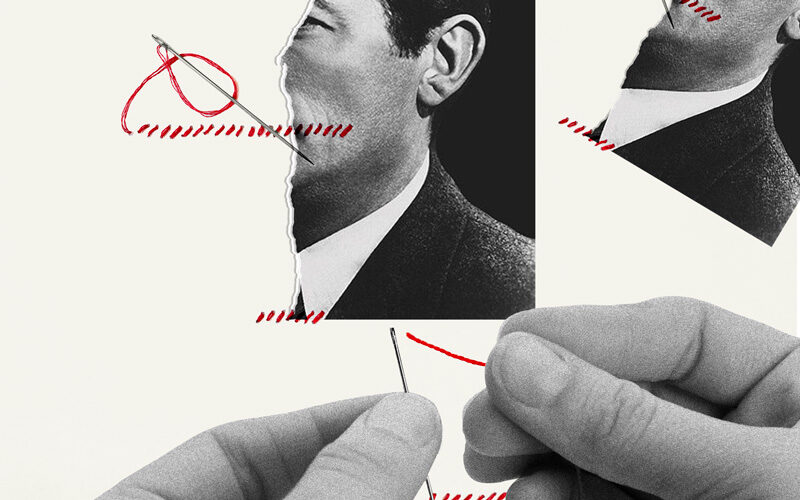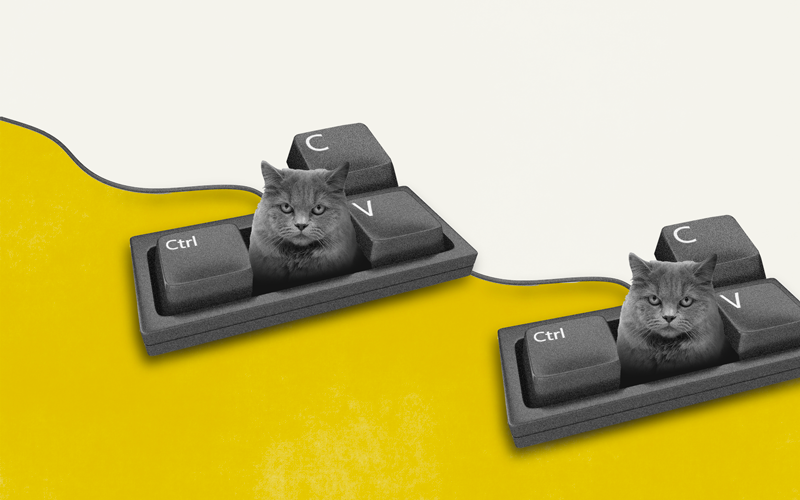Investment tends to come more easily to true problem solvers.
2x unicorn founder Uri Levine (Waze, Moovit) spells it out pretty clearly in his book Fall in Love with the Problem, Not the Solution.
We are very biased about things we think are cool (shiny new solutions).
Starting with a cool solution is a path to ending up with the coolest product release, framework, or feature that nobody wants.
But start with the pain point, and you might just find your people.
Most founders know you’ve got to solve a problem to find market fit. But it’s not just about the problem itself, it’s about how much and how often your customers really want it solved.
Size matters
Just because you’ve found a solution to your customer’s pain, doesn’t mean they’re going to part with their money for it.
Ask yourself:
- What is the frequency of this problem occurring?
- What is the magnitude of the frustration?
- What is the tension between the two?
Engie (founded by Levine) was a car diagnostics app that found a problem almost every driver deals with – feeling like an idiot at the mechanic.
Even the big shots among us can relate to feeling at best a bit sheepish in the shop and at worst completely mugged off.
There are few people that hold more than a layman’s knowledge of cars, so Engie built a plug-in Bluetooth device that linked your onboard computer to your smartphone and made it very tricky for auto fixers to fib.
Engie was sadly a casualty of the pandemic, but took something people hate and made it bearable.
Like everything in life, it can’t just be about hate.
There are plenty of things people hate. People hate renewing their passports, but solve that problem and your customer only returns once every 10 years.
Engie solved a problem that caused enough of a menace, and that happened at least once a year when your service is dueat MOT time (more if they got lucky and someone rear-ended you).
Fastly is another strong example of the frequency/magnitude balance.
The disorganisation of the maturing internet means old news articles with outdated information are floating around cyberspace while remaining easily Google-able. This means confusion and complaints from both subjects and readers of stories, and in some cases, legal implications.
Fastly automated cache clearing so news and social sites could sidestep the headache.
Fastly IPO’d on the NYSE in 2019, gaining 50% on the initial float, and is worth an estimated USD $1.2 billion, for solving a problem that occurred daily and often with serious implications.
Hard to love
Love calls for intimacy. You need to know a problem inside and out.
Tablogs founder Declan Vanderhor had been in the trenches (literally) of geotechnical engineering and grew tired of the mud-spattered pen and paper systems of traditional industry.
Explorate founders Alex Ewart and Conor Hagan were immersed in freight forwarding for 4 years before they got sick of the clunky old operations.
In fact, when you go through the Skalata portfolio – or that of most VC firms – you’ll see this personal proximity to the problem is a very common theme.
Then it becomes about the language.
If you’re saying “we do/our company does x”, you might need to shift your perspective a little. Try instead: “we solve x problem”.
You’re never talking about yourself. You’re only talking to the customer and their pain.
Finally, you must evade the Einstellung effect.
Similar to design fixation – a common Achilles heel of engineers and developers – we often use old rules to solve new problems, even if better ways exist. Our tried and tested methods can make us blind to true innovation.
We are at risk of ruling out fresh perspectives, because our familiar old solutions are so comforting.
Essentially, if you think something’s really cool, the minimum number of people who could agree with you is 0.
If you solve a problem that affects even a handful of people, you’ve already beat that number.
To succeed in startups is to be a true problem solver. Falling in love with the solution is the customer’s job.











